What is multiroom audio? Whole home sound explained
What's the best type of multiroom audio for you?

Multiroom audio was in some ways the precursor of smart speaker tech. It’s a wireless speaker system where you have control over speakers in different rooms, letting you listen to music as you walk around your home. Or play the same tune in multiple places.
These kinds of systems fall into roughly three categories, although they bleed into each other a bit. The easiest way to get multiroom audio these days is to simply use smart speakers. Platforms like Google Home let you assign different speakers to rooms, and with a voice command you can set songs or playlists to play across your home.
One step up are the classic multiroom names like Sonos, Bluesound and Denon. These are dedicated multi-room systems. Nowadays they can slot into smart speaker setups too, but they are made primarily for music fans, not people who want to ask Alexa for a weather forecast.
Finally, there are custom installer multiroom setups. This is where you end up with speakers recessed into walls and ceiling. And you also end up spending a small fortune. We’re largely going to steer clear of these options as, well, they’re custom.
- Also check out our guide to the best home theatre kit
The ideal multiroom audio setup for most folks
Before you even start thinking about hardware, it’s wise to consider what multiroom speakers typically run off these days. They use your home Wi-Fi, so you will need a router that doesn’t let the Wi-Fi peter out in just metres. And they work best when used with one of the big streaming services, like Spotify, Tidal or Deezer.
You can use a NAS (network attached storage) hard drive loaded up withe music too. But streaming music tech matched with a streaming service? It’s a perfect match, right?
The first places we head for multiroom audio recommendations are Sonos and Bluesound. These are dedicated multiroom makers whose speakers are pretty much excellent across their respective ranges.
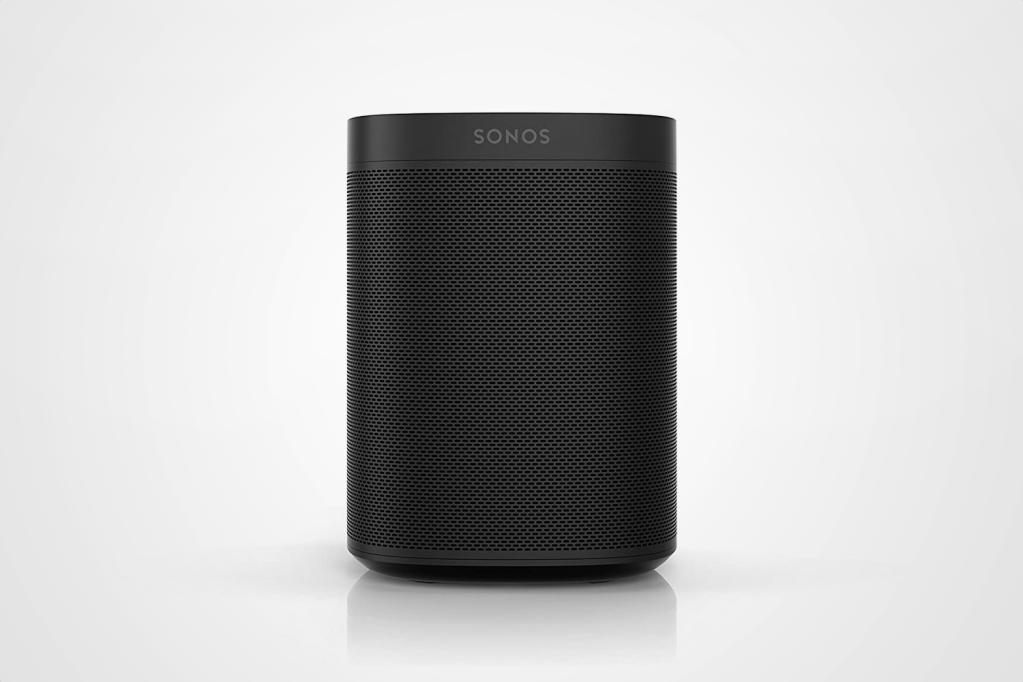
Sonos’s One and One SL are the easiest-to-recommend dedicated multiroom speakers in the world right now. The One SL simply cuts out the microphones of the standard Sonos One, used to talk to Alexa or Google Assistant, bringing the price down a bit.
It sounds fantastic, with surprisingly deep bass, and it’s fairly petite at 16 x 12 x 12cm. Sonos One are the first two words that form on our lips whenever anyone starts asking for multiroom recommendations.
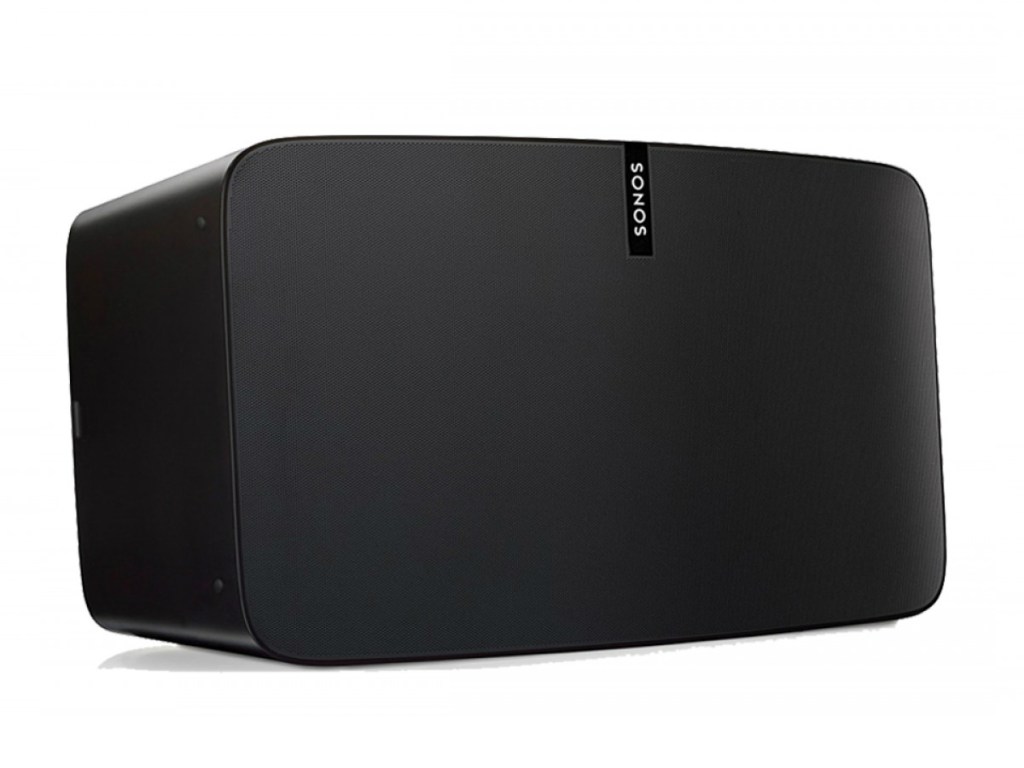
The step-up Sonos 5 sound much bigger and bolder, more confident at high volumes. But if you’re happy to start at a higher price, that’s where Bluesound speakers begin to compete. Its Pulse and Flex multiroom speakers can’t touch a Sonos One SL for approachable affordability. But they don’t half sound nice.

Bluesound is generally considered the “audiophile pick” among mainstream multi-room speakers. Audio Pro is even better in the sound-per-pound stakes, with its C5 and C5 wireless speakers. However, it’s software isn’t that hot, so sound quality had better be your number one priority.
In each company’s multiroom range you tend to see small upright speakers and chunkier, wider boxes as your two primary options. In the Sonos range in particular, where these two are the Sonos One and Five, that sense of simplicity seems devised to cut down stress on buyers who might already feel a bit intimidated by the idea of multi-room tech.
Home cinema multiroom gear
If you feel like you might get a bit overwhelmed by multiroom research, sticking to these classic big/small speakers from a company lie Sonos or Bluesound is a good strategy. But there are other styles too.
The most useful of the lot is the soundbar. Stick one of these in front of your TV and your core home audio is done — music, films, radio, the lot. These typically plug into your TV over HDMI, and when not replacing your TV speaker you can use them just as you would a dedicated multiroom speaker.
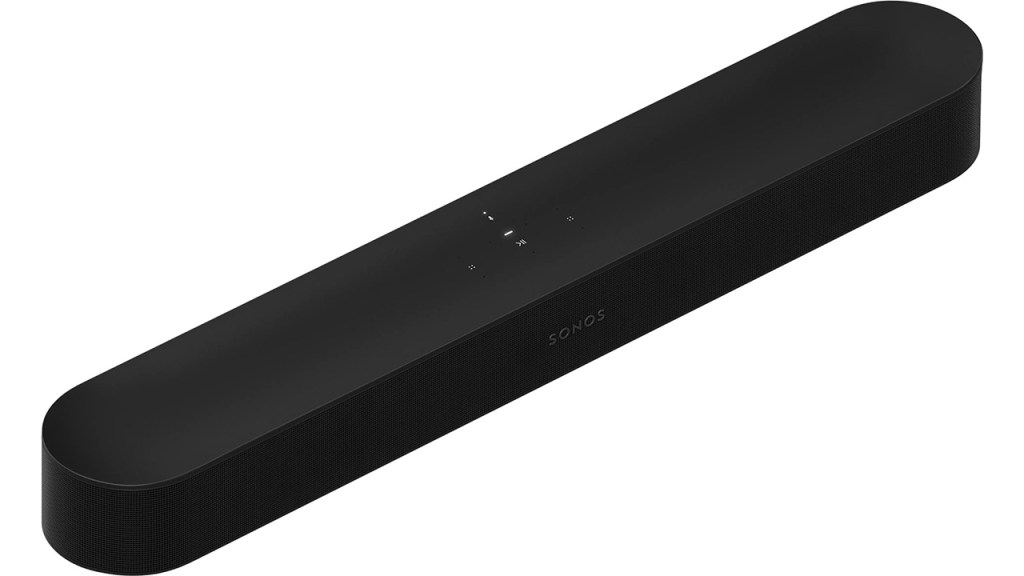
One of the most popular of these is the Sonos Beam. We’ve recommended it countless times, and it’s a 5-star Stuff Recommends product. However, these days Sonos actually makes three soundbars.
There’s the Sonos Ray for those on a tighter budget, and the top-end Sonos Arc. They all do the same thing, but you’ll hear improvements in depth and dimensionality as you go up the range.

Sonos also makes subwoofers, the Sonos Sub and Sub Mini, brilliant upgrades if you want a more impactful movie-watching experience and don’t live in a flat with poor sound isolation.
A lot of Sonos’s rivals also offer multiroom soundbars now too. Denon’s DHT-S516H and Home 550 soundbars are not marketed as multiroom speakers, but that have the company’s HEOS system baked in, so they are just that.
Bluesound makes the Pulse Soundbar+. It’s great, but just as we saw with “normal” multiroom speakers, Bluesound stuff doesn’t come cheap.
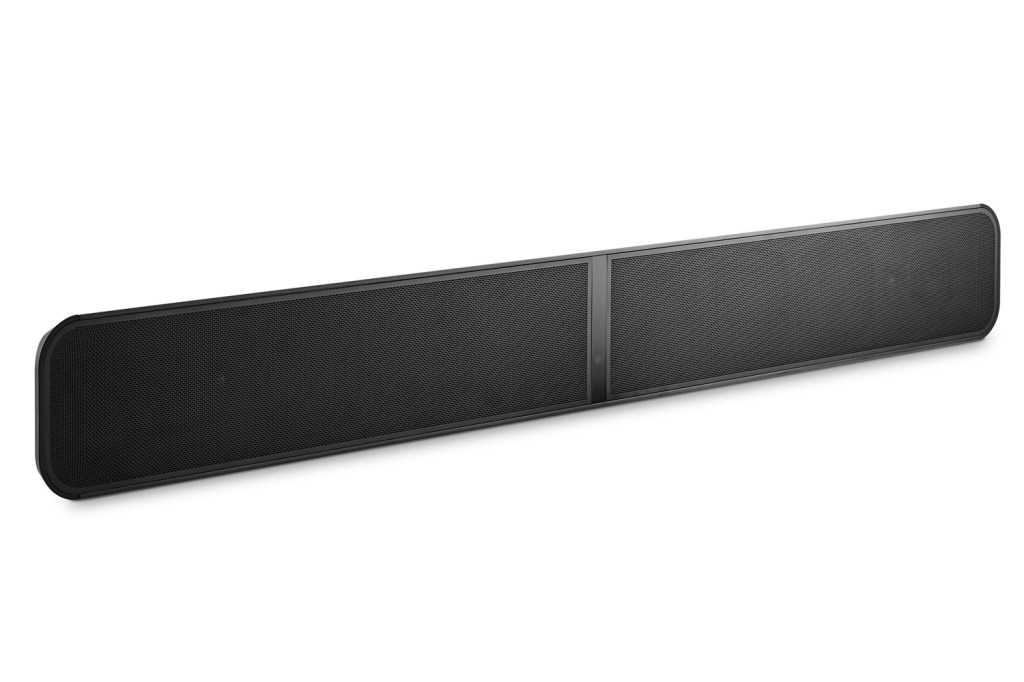
Bose has its own soundbar range, with Smart Soundbar 300, 600, 700 and 900 models. We’ve tended to prefer the sound of Sonos’s equivalents a bit in the past, but Bose soundbars have Bluetooth, offering another way to stream audio.
The most recent trend in multiroom audio is a focus on true portability, meaning there’s a battery inside. You might argue this is contrary to the concept of multiroom audio, which is all about the home. However, this style offers you the best bits of multiroom paired with the flexibility of a Blueooth speaker.
Top options here include the Bose Portable Smart Speaker, the Sonos Roam and Move.
Buy a smart speaker instead?
So far we’ve talked about the classic multiroom approach, and speakers made by audio companies. Those are our faves.
However, it can be a lot cheaper to buy a smart speaker instead. Amazon Echo and Google Nest speakers can be assigned to different virtual rooms, and you can set music to play on specific ones through your phone or with a voice command.
You typically get a lot more speaker for your money with these units, as Google and Amazon are desperate to get their voice assistants in your home they’re willing to make little or no money off the speakers themselves. An Amazon Echo Studio is bigger and beefier than a Sonos One, but costs a similar amount of cash, for example.

Top starter picks here are the Google Nest Audio and Amazon Echo 4th Generation, which don’t cost a fortune and have speakers good enough to do justice to music.
However, if you compare their sound to speakers of a similar stature from Sonos or Bluesound, they will not stack up that well. Also, bear in mind their apps are made for smart home gadgets, not solely audio.
You don’t have to use these apps, of course. An Amazon Echo will show up, for example, in the speaker selection pane in the Spotify app. But those wanting to go all in on the classic multiroom interface may prefer something like Sonos or Denon HEOS.
Or keep your old gear and add to it
If you already have good audio equipment, you don’t have to get rid of it in order to get tooled-up with multi-room. You can instead buy a box that bridges your hi-fi to a multiroom system, or a multiroom amplifier.
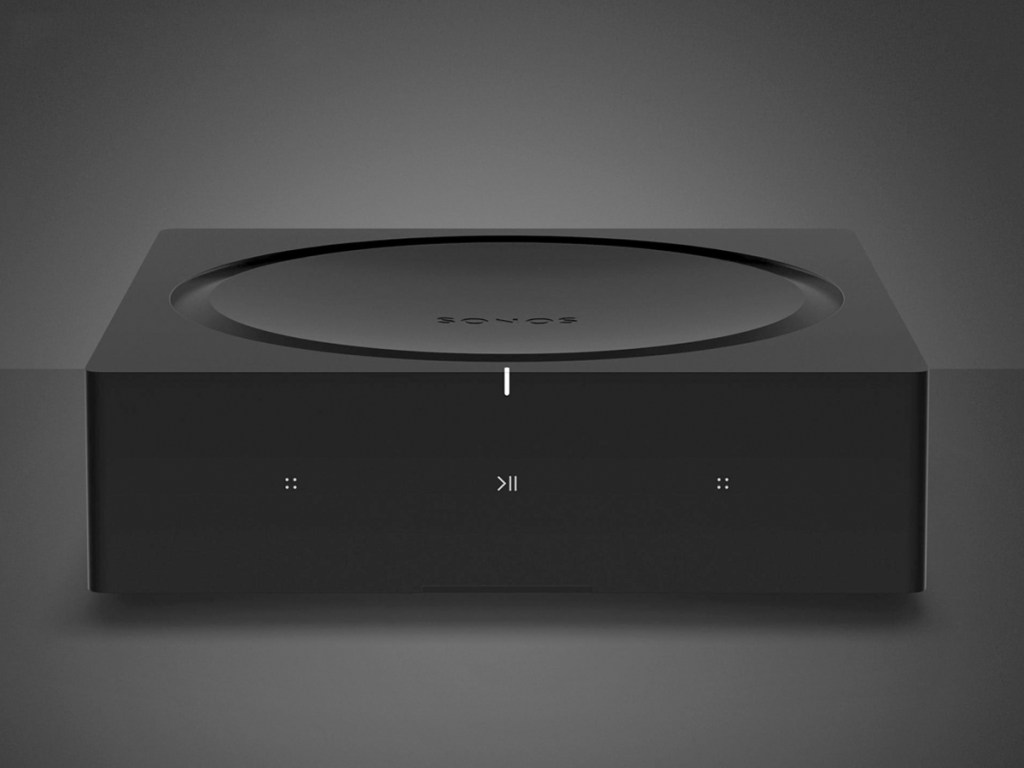
The difference? A connected amplifier like the Bluesound Powernode or Sonos Amp is plugged directly into a set of passive speakers. A bridging box, or network player/streamer, like the Bluesound Node or Sonos Port, requires a separate amplifier box.
That’s fine, but it means you may need to manually turn your hifi on, or leave it running 24/7, to get the full multi-room streaming effect.



